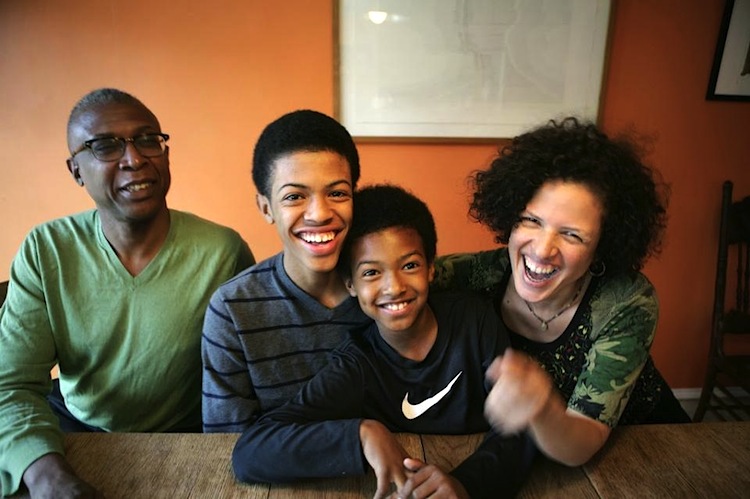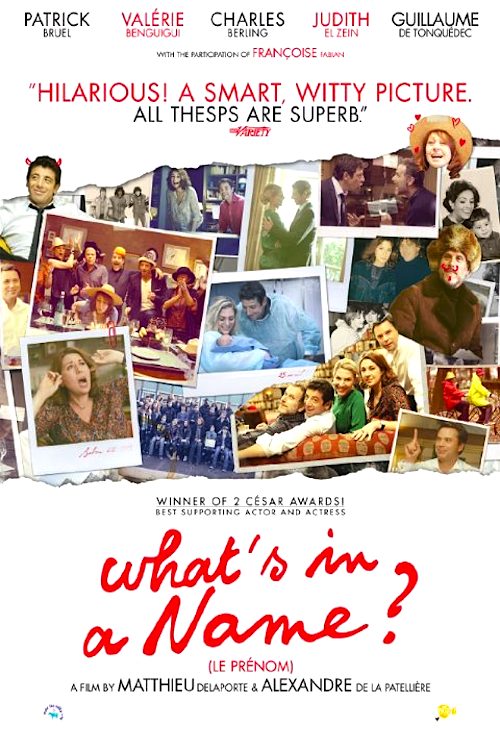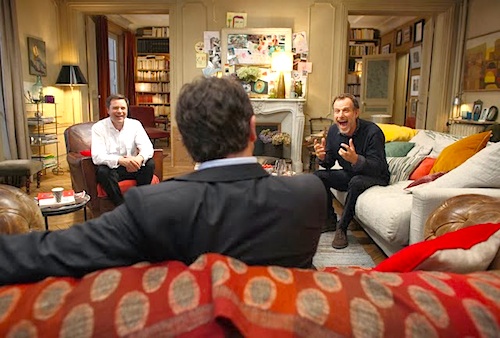[Editor’s Note: the post below appeared yesterday at The Huffington Post.]
By Govindini Murty. One of the enduring hopes of the digital age is that technology can break down the barriers between peoples and races. Joe Brewster and Michèle Stephenson explore this idea first hand in their compelling new documentary American Promise. A film thirteen years in the making, American Promise follows two African-American boys (one of them Brewster and Stephenson’s own son) from first grade through high-school, showing the challenges and opportunities young black men face in today’s education system. Currently playing in select theaters nationwide, American Promise expands to additional cities this week and will air on PBS in February of 2014.
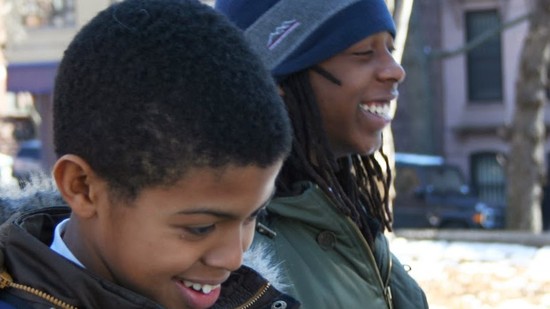
Winner of a Special Jury Prize at the 2013 Sundance Film Festival, American Promise follows Idris Brewster and his friend Seun Summers as they attend The Dalton School, an elite private school in Manhattan’s Upper East Side. Despite the high hopes of their parents and teachers that Idris and Seun will succeed as part of the school’s diversity program, the boys have trouble dealing with the pressures of their environment. In part this is because Idris and Seun have learning disorders that go undiagnosed for years, and in part it’s because neither boy feels at home in the predominantly WASP culture of Dalton. Ultimately, Idris and Seun must balance their needs for self-determination with the high expectations of their successful, hard-charging parents.
Ever since the pioneering anthropological documentaries of Robert Flaherty and Merian C. Cooper in the 1920s, and Albert and David Maysles ‘direct cinema’ documentaries of the ’60s and ’70s, the cinema has played a powerful role in collapsing the distinctions between peoples and creating a sense of empathy and common humanity.
Michael Apted’s acclaimed 7-Up documentaries took this idea a step further. An inspiration to Brewster and Stephenson, the series documented the lives of a group of fourteen English children at seven-year intervals, beginning in 1964 and continuing through today. The 7-Up series (the kind of project known in sociology as a ‘longitudinal study’) took advantage of the cinema’s ability to master time, using the movie camera as an all-seeing eye to examine human lives over the course of decades.
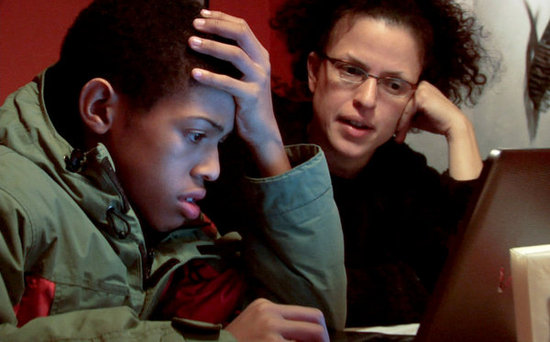
The observational capabilities of the cinema have been further expanded by the digital revolution, with low-cost digital cameras making possible the kind of lengthy, first-person videography that comprises American Promise. A classic longitudinal study, American Promise draws on an impressive accumulation of thirteen years of footage to distill insights about families and children that otherwise would go unnoticed in the rush of day-to-day life.
As a result, American Promise elicits lessons that apply not just to African-American children, but to all children as they navigate the shoals of childhood and adolescence. As co-director Joe Brewster noted when we spoke at Sundance, “when people see the film, they get so immersed in the characters, these become their kids.”
The monumental size of the American Promise project required a special level of commitment from the filmmakers and their talented crew. As I chatted with American Promise’s editors and videographers at Sundance (in the photo below with Brewster & Stephenson), it became clear what a labor of love the film had been for them. Editors Erin Casper, Mary Manhardt, and Andrew Siwoff and cinematographers Errol Webber, Alfredo Alcantara, Margaret Byrne, and Jon Stuyvesant all deserve kudos for their work. Continue reading LFM’s Govindini Murty at The Huffington Post: Thirteen Years in the Making: Michèle Stephenson & Joe Brewster Talk About Their Film American Promise
